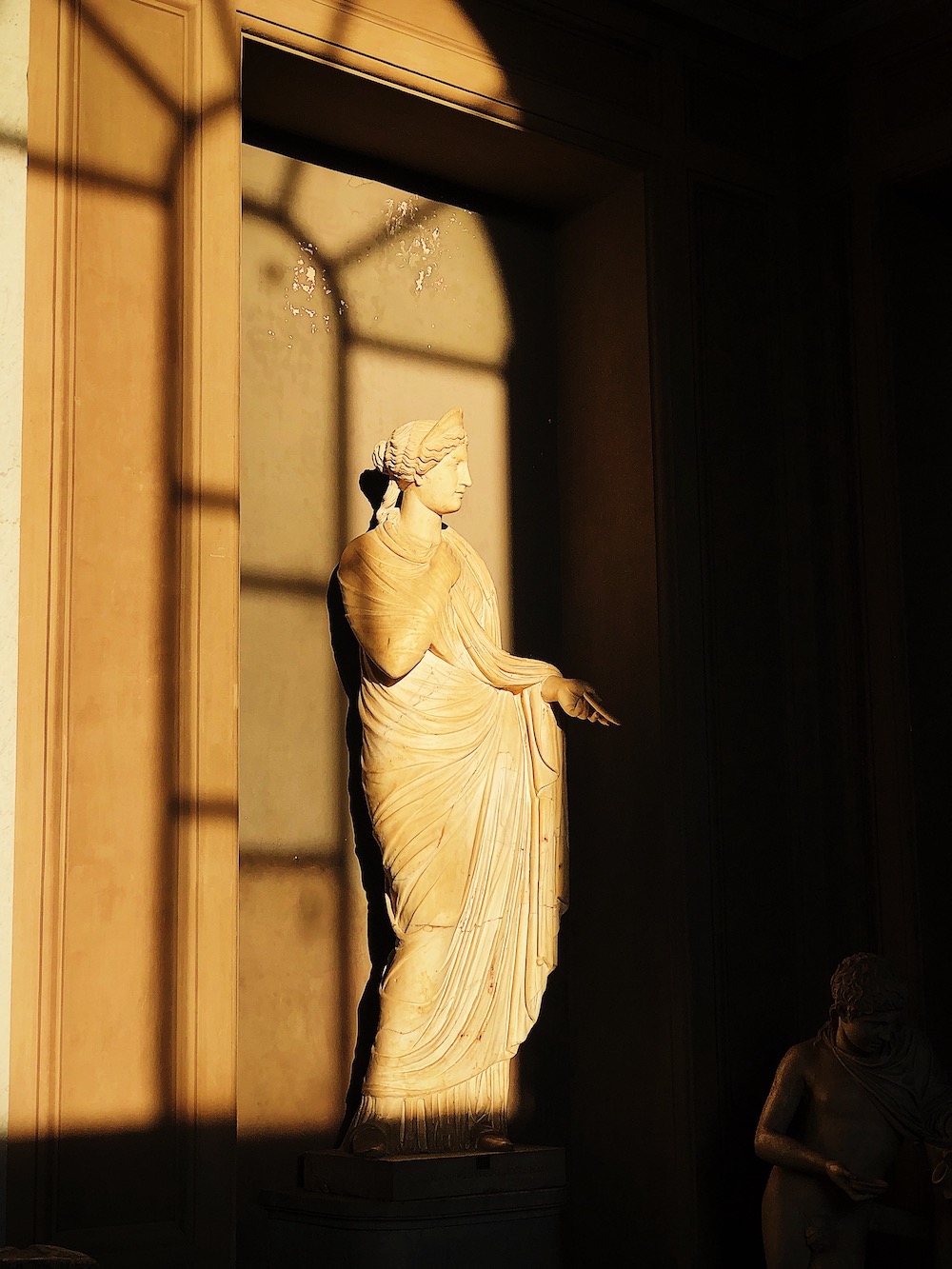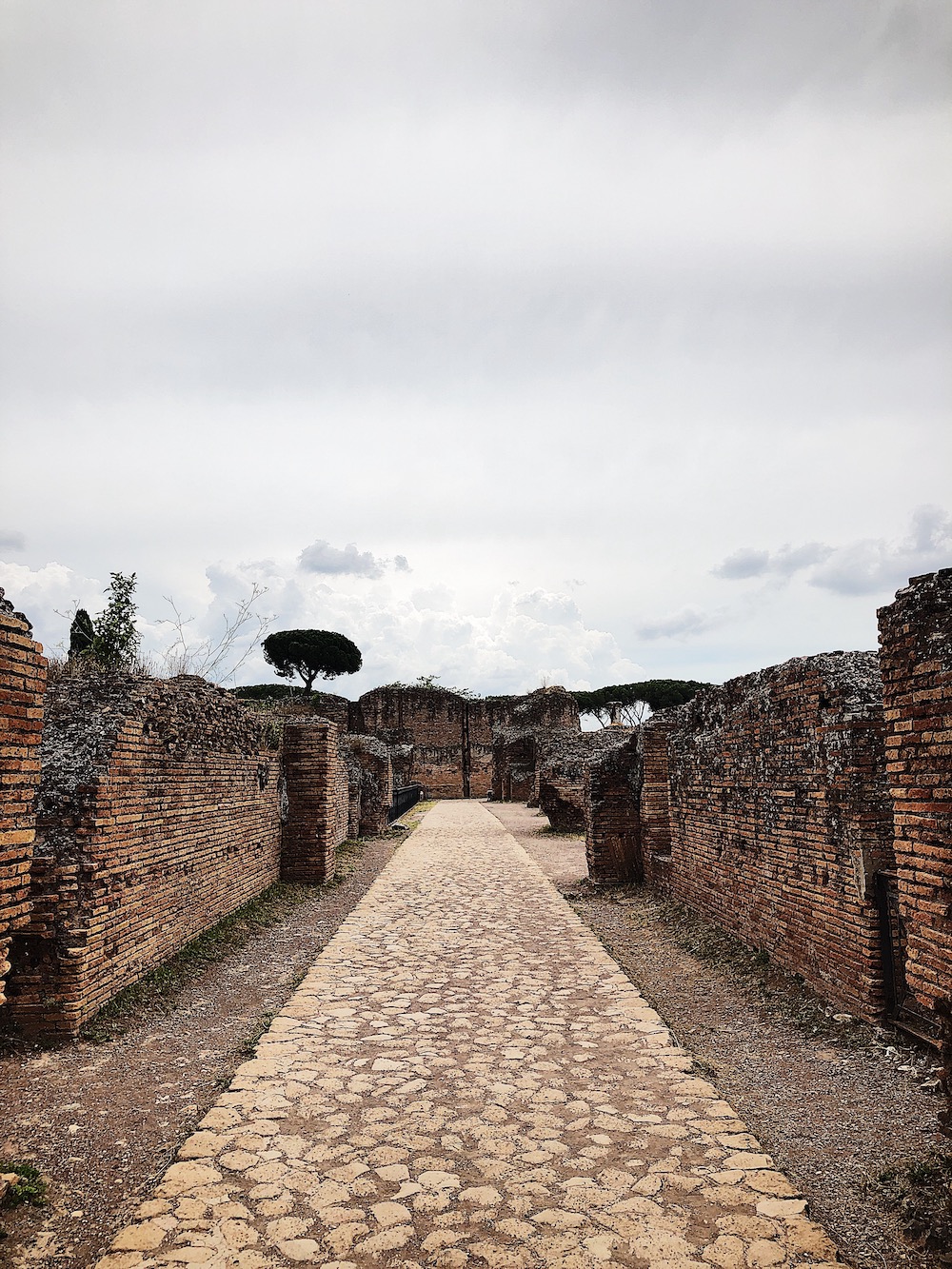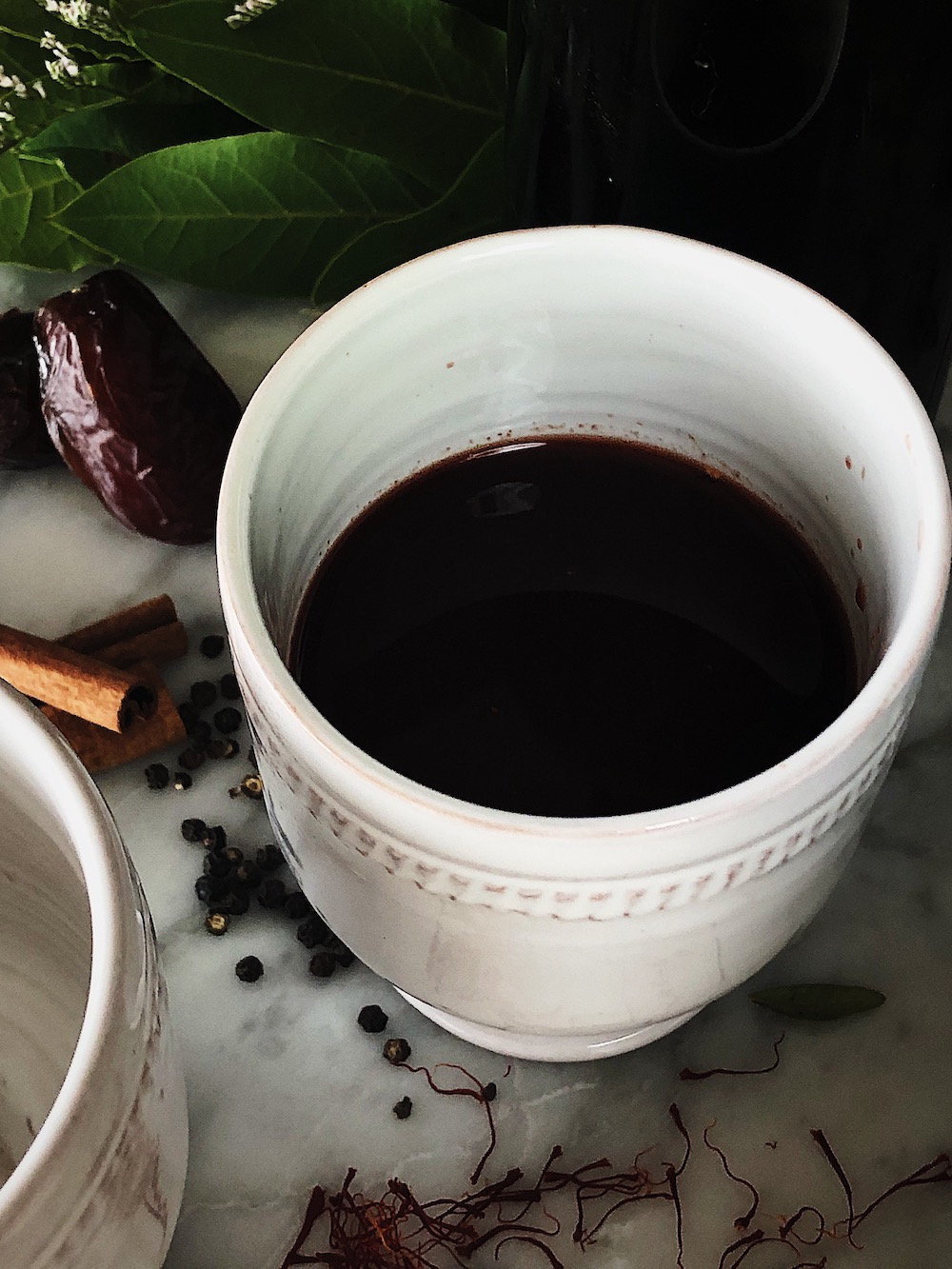Ciao! Today, we will experience the world of Convivium: the ancient Roman banquets, the dinner parties of the rich, the symposium for eating on a Triclinium, exploring pleasure, and flirting!
WHAT IS A ROMAN CONVIVIUM
When Romans wanted to celebrate a birth, a wedding, a political or military victory, or a public holiday, they hosted or attended a Convivium, the Roman symposium.
These banquets were very different, depending on the historic moment.
REPUBLICAN AND IMPERIAL ROME
In republican Rome, frugality was the dictate: the table was laden with cereals, legumes, farro focaccias, cheese, meat, fish, and wine.
In imperial Rome, around the second-century b.c., after the conquest of innumerable territories, gaining thousands of slaves, and importing basic and exotic goods for the citizens, things changed quite a bit.
What did a Roman banquet look like: the dinner parties of the rich Romans
Around four in the afternoon, the triclinium room – named after the triple reclined seats – filled with uniformed slaves putting the finishing touches. They scattered fresh flowers on the table, covered the floors with scented lavender buds or rose petals, reviewed the performance schedule, and checked the number of precious guest favors.
A few moments later, men and women arrived and took their place on the beds arranged in a U.
ROME’S SIMPOSIO
This post is from Rome’s Simposio – a travel cookbook series about Italy, made in Italy.
Learn more about:
- Rome’s ancient recipes,
- the city’s traditional and a tad more modern recipes,
- she-popes, fountains, traditions,
- lost gods, creatures, ancient celebrations, and myths.
What is a Roman Triclinium?
As early mentioned, a Triclinium was a triple reclined seat.
The central “lectus medius” (medium beds) were for the guests of honor. The “lectus hummus” (high beds) were for less prominent guests, and maybe a few “liberti,” emancipated slaves – more or less the host’s entourage. He and his wife sat on the “lectus emus” (low bed) , facing the room’s entrance to keep an eye on the gathering operations.
What happened at a Roman banquet?
The banquet, which could last until very late in the night or even early in the morning, was a parade of food, wine, entertaining – poets, dancers, musicians, acrobats, and funny people – and philosophizing apostrophes by the homeowner.
The slaves, which might be even double the number of guests, had a lot of duties. First, upon arrival, and between one course and the other, they had to wash the guests’ hands. In very opulent and tacky gatherings, this was made with wine instead of water.
FOODS AT A CONVIVIUM
The above-mentioned slaves had to perform snappy entrances for spectacular courses like gigantic boars containing live mockingbirds – and catch the volatiles to cook and serve afterward. They had to present with elaborate choreographies the peacock eggs that would reveal warblers enfold in the yolks. They had to masterfully cut open the belly of mastodontic porks to release a cornucopian abundance of sausages and black puddings.
These dishes were described by Petronio in his Satyricon as the food served at a famous convivium held by Trimalcione, an emancipated slave and extremely rich Rome personality.
They had to move in slow motion to avoid the thick layer of saffron powder from flying away from the cakes. They had to hand to congested guests feathers to provoke vomiting: a trick to start eating and drinking all over again. And, of course, clean the mess and scatter more fresh flowers on the floor.
FLIRTING AT THE CONVIVIUM
Finally, probably rolling their eyes, they had to witness flirting attempts – and successes – between guests. A wife making the husband drink pure instead of watered wine to anticipate a drunk nap and have time with her lover. A guest sending secret signals to another one, like ordering a glass of wine, drinking from it, and then passing it to the prey to see if he would drink from the same side where his lips had laid. A deluded “cliens” – the landlord’s subordinates and proteges – that dipped a finger in the wine to draw signs on the table and communicate his passion to the beautiful noblewoman on the other side of the room. Footsie plays, lascivious glances, and murmured poems: sometimes fun, sometimes exciting, too often embarrassing spectacles.
What happens in Rome, today
From the Italian Colors Newsletter: “…But yes, life in Rome is back to usual, and I’m back to missions in the neighborhood hunting for a special bottle at the wine shop, fresh pasta at the “pastificio”, seasonal produce at my friend Isa’s, and well-sourced meat at my favorite butcher…”
















